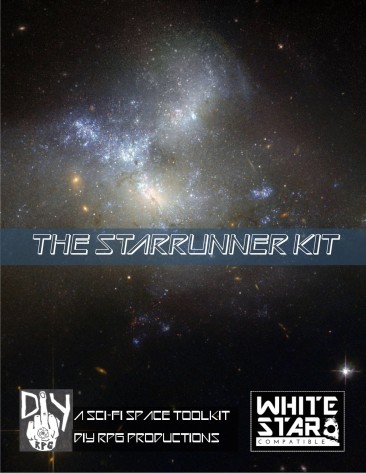Mercury is the least defined of the inner planets in pulp and early sci-fi. Beyond it being
tidally locked (which we've since learned it actually isn't), Mercury had no fixed characteristics, other than being generally more inhospitable than the other planets I've already dealt with: wet
Venus or desert
Mars. A lot of stories use Mercury for "Man Against Nature" stories, either for survivors of some sort of disaster or rescuers of survivors. But hey, when you've got your own Mercury, you can do what you want with it!Let's randomize:
Problems with Getting There?
1 None
2 Solar Storms (heat, radiation)
3 Magnetic Anomalies
Where’s the Action for Earth Folk?
1 Day Side
2 Twilight Belt
3 Night Side
4 The whole planet
Day Side Life?
1 None
2 Silicon-based lifeforms
3 Insect/Arthopods
4 Energy/Plasma beings
5 Whoever they are, they live underground
6 Alien robots/cyborgs
Earthlings on Day Side?
1-2 Not if they can help it. It’s got lethal heat and radiation with special gear.
3-4 Crazy prospectors in protective domes
5-6 Maverick archeologists after ancient artifacts
7-8 Fearless scientists studying the Sun (or Vulcan!)
9-10 Just robots
The Twilight Belt Terrain:
1 Badlands
2 Mountains, canyons and a cave network
3 Weird, crystalline forest
4 Torrid jungle, wracked by storms
Twilight Belt Life?
1 Hairy humanoid primitives
2 reptilian monsters
3 Plant-like
4 the same sort of beings as Day Side
Earthlings in the Twilight Belt?
1 Criminals hiding out
2 A small, struggling colony
3 Castaways
4 A scientific expedition
Night Side Terrain:
1 Cold, rocky desert
2 Odd crystal formations
3 Ruined Cities (and roll again)
4 Ice
Night Side Life?
1 None
2 Crystalline beings with telepathy
3 Incorporeal ergovores
4 Androids left by ancient inhabitants
5 Viscous, slime-like colonial intelligence
6 Creatures strangely resembling supernatural terrors of Earth legend
Earthlings on the Night Side?
1-2 Not if they can help it. It’s cold, dark, and unexplored.
3-4 Wanted men
5-6 Maverick archaeologists after ancient artifacts
7-8 Survivors from a long-lost rocket crash
9-10 Exploratory robots














































